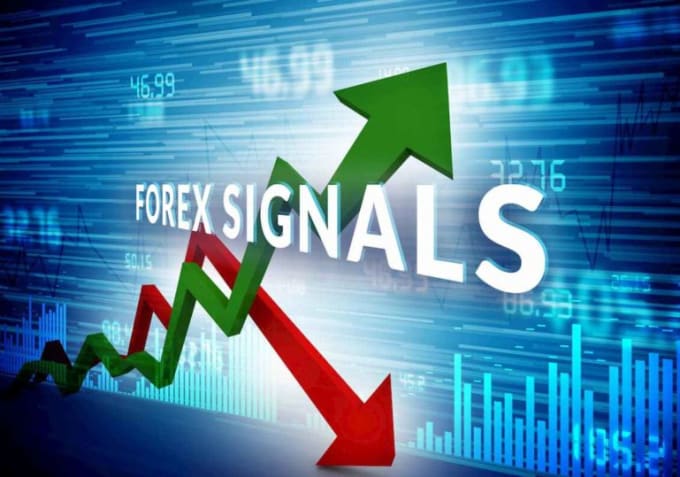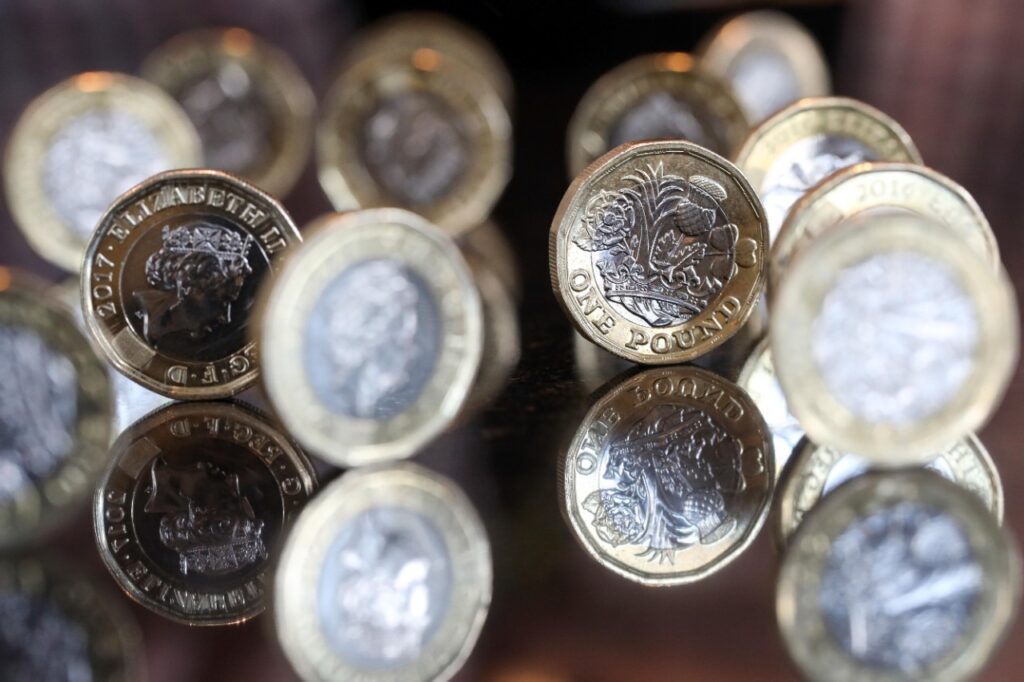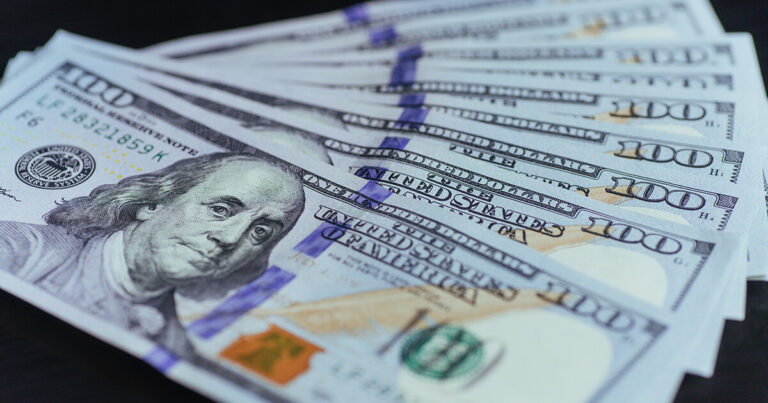While the optimistic forex investors focused on the economic performance, the risk aversion investors feared the looming second wave coronavirus infections.
These fundamental forex signals predominantly dominated forex news headlines and affected the G8 market in the third week of June.
Fundamental Forex Signals
Fundamental signals in forex imply economic events and news that affects foreign exchange trading.
The following are the basic forex signals which affected forex trading currency pairs over the week:
Covid 19 Pandemic
Several states of America continue to record high numbers of coronavirus new cases daily.
Besides, China also tested high numbers of covid 19 in the week.
The high numbers in the new cases of coronavirus have created fears of a second wave of pandemic ravages, and reintroduction of lockdown measures.
As the threats of the second wave of covid 19 infections hit fundamental forex signals over the week, investors embarked on risk aversion measures.
In response to the new resurgence, China cancelled several flights and locked down some parts of Beijing to contain the virus.
Logically as the risk of coronavirus increased, the safe haven – American dollar and yen- gained while risk appetites went down in the G8 market.
The covid 19 confirmed cases as on Sunday, 21st June stood at nearly 9 million.
Fatalities were close to half a million while recoveries almost 5 million.
Economic Performance
As many economies continue to reopen, their economic performances affected the trading currency pairs over the week.
The economic performance of China also affected the performance of commodity-related currencies and other economies.
Besides the improved US economy and bond-buying strategy, the federal government negatively affected the highly profitable riskier markets.
Other economic data that affected the fundamental forex signals included employment numbers, inflation, production, retail sales, and consumer confidence.
Besides, economic recovery stimulus packages and monetary policies recent forex news affected the forex trading currency pairs.
Oil Prices
Oil prices continue to increase as oil-producing countries agree to cut down production.
The oil moved above $40 per barrel. Changes in oil prices affect the economy of commodity-related currencies, production sector, and transport system.
Recent Forex News of G8 Trading Currency Pairs
Table: Summary of G8 trading currency pairs performance and review
| Currency pair | 15th June | 21st June | average | Percentage change | remarks |
| USD | 96.978 | 97.577 | 97.206 | 0.280 | gain |
| EUR/USD | 1.1324 | 1.1177 | 1.1243 | 0.7018 | drop |
| GBP/USD | 1.2604 | 1.2358 | 1.2504 | 1.4631 | drop |
| USD/JPY | 107.32 | 106.89 | 107.10 | 0.44 | drop |
| USD/CHF | 0.9492 | 0,9524 | 0.9506 | 0,0053 | gain |
| AUD/USD | 0.6919 | 0.6834 | 0.6875 | 0.4371 | drop |
| USD/CAD | 1.3572 | 1.3601 | 1.3578 | 0.1472 | gain |
| USD/NZD | 1.5446 | 1.5605 | 1.5519 | 0.5769 | gain |
USD Second Week of Consecutive Gain
The USD currency, a safe haven, benefitted in response to recent forex news of covid 19 pandemic fears amid increased new cases in China and the United States of America.
However, due to covid 19 impacts in the United of America, the dollar did not benefit significantly from the G8 market safe-haven currency demand.
While the American dollar is a safe-haven currency, the curse of coronavirus pandemic scared optimistic investors away from the US economy.
The USD faltered at the start of the week and recovered from Wednesday to attain 0.208% overall gain.
The US federal government money policy- $250billion for individual corporate bonds boosted risk markets, thus weakening the dollar.
More cases of covid 19 were recorded in many states of America in the week, prompting fears of a possible reintroduction of lockdown measures.
Other fundamental forex signals that supported the greenback include improved economic data and unprecedented monetary and fiscal support from the federal government.
Spiking more risk-off rally, Apple announced plans on Friday to close stores again, specifically in those states that have recorded resurgence of coronavirus infections.
USD/JPY Drifts Lower
The yen started the week badly only to recover amid several negative fundamental forex signals.
Early in the week, the yen was hit by threats of increasing new cases of covid 19.
This comes as Japan continues to ease restrictions and gears towards reopening its economy fully.
Also, better than expected US economic data favoured the yen.
More support for the yen arrived when Japan increased its economic stimulus package in response to the coronavirus pandemic.
On Thursday, negative forex signals – increasing coronavirus cases and weak economic data in the US anchored the yen.
Besides, Inflation in Japan and appetite for risk markets caused the USD/JPY currency pair to fluctuate over the week.
The USD/JPY started the week at 107.32 to close lower at 106.89, having shed a dismal 0.44%.
EUR/USD Worst Week in Months
The week was generally quiet for the euro, with price changes responding to global fundamental forex signals and counter currency flows.
The euro lost strength in reaction to recent forex news- continued Brexit stalemate, economic data, and financial worries.
Euro started the week at 1.1324 and steadily lost strength throughout the week to close at 1.1177 – the lowest since the start of June- having lost 0.7018 %, according to the analysis of fundamental forex signals.
The euro was particularly hit by the effects of coronavirus shutdown, leading to a sharp decline in consumer spending.
Also, fears of a second wave of coronavirus pandemic have caused demand for safe-haven currencies to rise to lead to the weakening of the euro.
As expected, Europe’s inflation went down, causing more damage to the euro.
Amid lack of progress, the European Union and Britain agree to speed up Brexit trade negotiations to close the deal by the end of this year.
While Britain continues to shoulder blame from the European Union, plans are underway to hold weekly meetings instead of monthly to speed up the process.
The strengthening of the dollar in the week firmly pulled down the euro.
GBP/USD Week’s Biggest Loser
It was another tough week for the sterling pound as it lost for a second consecutive week to the American dollar.
According to investing.com, the pound opened the week at 1.2604 and closed lower at 1.2354, shedding a value of 1.4631 %.
Notably, the sterling lost every day of the week against the greenback in response to fundamental forex signals.
The forex signals that negatively affected the pound included the Brexit stalemate and Bank of England’s decision to slow down the bond-buying program.
Risk aversion measures in response to increasing covid 19 cases and weak economic data of China led to the demand for safe-haven currencies.
Besides, Britain posted poor economic data, as seen in the drop in employment numbers on Tuesday, and the fall in Britain’s inflation due to covid 19 impact and decline in oil prices.
On Thursday, the Bank of England pledged to increase the government’s bond-buying program by 100 billion pounds to 725 billion pounds by the end of this year.
This announcement, even though expected, further pushed the pound southwards.
AUD/USD
The Aussie fell in response to its poor economic data as the county lost twice the projected number of job losses in May.
Global risk forex signals, thanks to recent forex news of coronavirus increasing cases in china, weighed heavily on the Australian dollar.
Furthermore, the poor performance of China’s economy undermined the Aussie.
According to investing.com, the Aussie started the week at 0.6919, losing steadily to close down at 0.6834, having shed 0.4371% against the dollar.
On Monday, the better economic performance of the US and federal reserve monetary policy supported the Aussie.
In addition, China and England’s economic recovery stimulus provided some leverages to the Aussie.
However, towards the end of the week, Investors dumped the Australian dollar in favor of the American dollar on risk aversion response towards covid 19.
USD/CAD
It was a bad week for the loonie driven mostly by risk forex signals and counter currency flow.
The loonie was pulled down by poor economic data but found some leverage from the increase in oil prices and improved the US economy.
However, the rising cases of covid 19, the poor economic performance of China, and reduced employment figures in the US severely dented the Canadian dollar.
Besides, the overall strengthening of the American dollar weighed heavily against the loonie.
USD/CHF Fluctuate Within a Narrow Range
The Swiss franc gained strength on the increasing negative forex signals and recent forex news.
The growing threats of resurging coronavirus and weak economic data posted by china lifted the Swiss franc
Despite the above support, the Swiss franc was pulled down when the United States of America posted Better than expected economic data.
Also, Poor financial data of New Zealand and Australia weakened it.
As expected, the swiss national bank kept interest rates unchanged at -0.75%, further damaging this safe-haven currency.
NZD/USD
The kiwi performed poorly in response to weak economic data and coronavirus fundamental forex signals.
Besides, China’s poor financial data weighed heavily on the kiwi.
Over the week, it managed to find support from an improved American economy.
Notably, New Zealand’s consumer confidence index dropped, adding more pressure.
Conclusion
Weakness in the risk linked currencies- Aussie and kiwi, suggests that traders embarked on risk aversion measures over the week leading to the overall strengthening of the dollar.
The dollar strengthened amid rising cases of covid 19 in some of its states.
With the expectation of the Japanese yen, the American dollar managed to gain against all other G8 market trading currency pairs.
The foreign exchange market was primarily driven by economic recoveries as lockdown measures continue to be eased and the fears of second wave coronavirus pandemic.
These fundamental forex signals will continue to drive foreign exchange price changes for a long time.
As more economies open up, the appetite for the risk market will continue growing.








